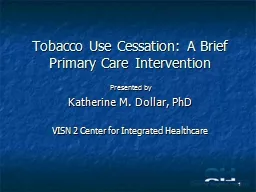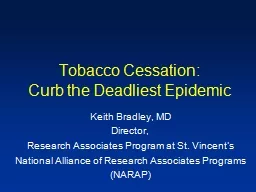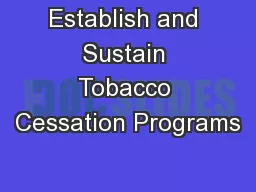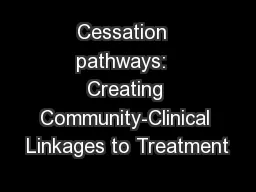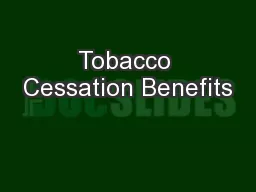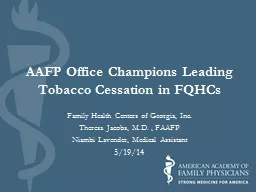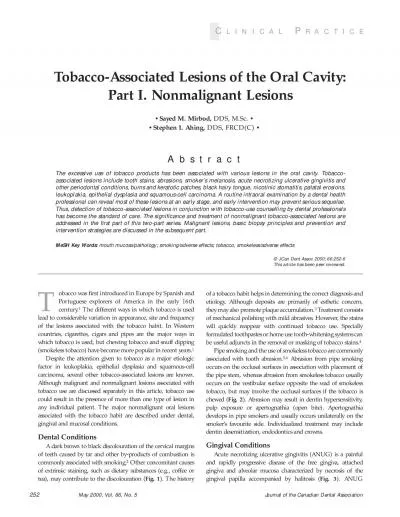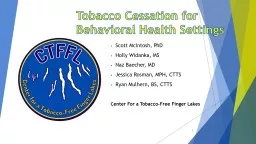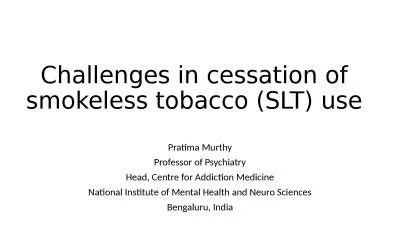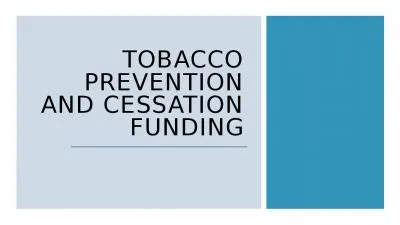PPT-Tobacco Use Cessation: A Brief Primary Care Intervention
Author : luanne-stotts | Published Date : 2015-11-05
Presented by Katherine M Dollar PhD VISN 2 Center for Integrated Healthcare 1 Acknowledgments Materials for this intervention are based on the 5As framework described
Presentation Embed Code
Download Presentation
Download Presentation The PPT/PDF document "Tobacco Use Cessation: A Brief Primary C..." is the property of its rightful owner. Permission is granted to download and print the materials on this website for personal, non-commercial use only, and to display it on your personal computer provided you do not modify the materials and that you retain all copyright notices contained in the materials. By downloading content from our website, you accept the terms of this agreement.
Tobacco Use Cessation: A Brief Primary Care Intervention: Transcript
Download Rules Of Document
"Tobacco Use Cessation: A Brief Primary Care Intervention"The content belongs to its owner. You may download and print it for personal use, without modification, and keep all copyright notices. By downloading, you agree to these terms.
Related Documents

